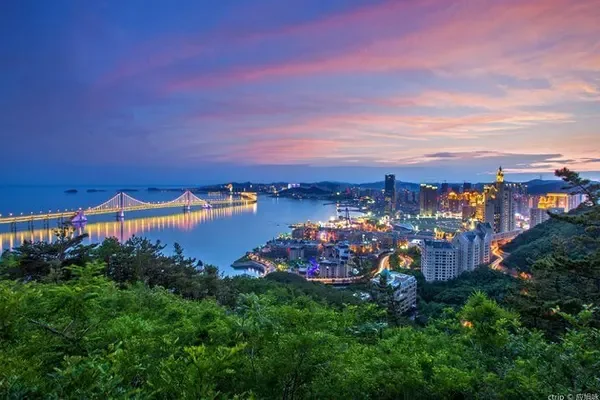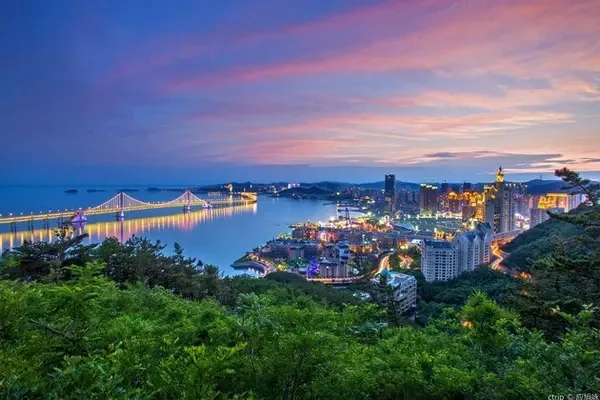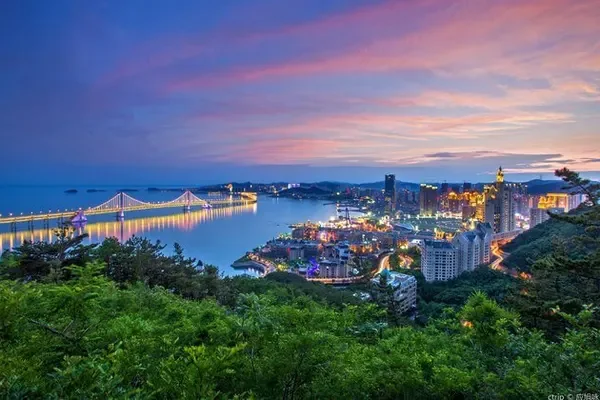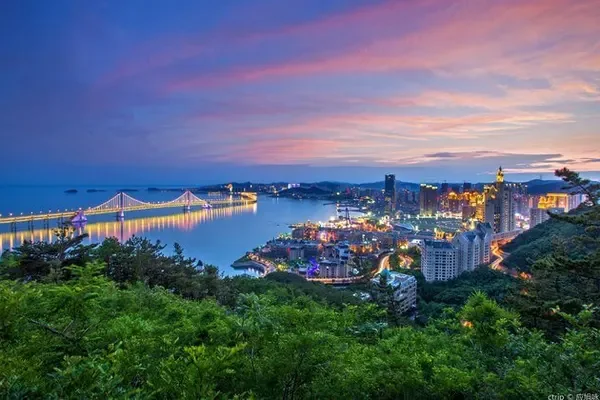
"The snow water was brought to water it, and the pergola was set up to let the sun shine..." When I think of Turpan, the song "The Grapes of Turpan are Ripe" will come to my ears.

Xinjiang is located between 34°-50° north latitude, and is known as the "paradise planting area" of wine grapes in the world together with Bordeaux in France and California in the United States. Turpan is the main production base of grapes in my country, and its total output accounts for one-fifth of the country's total. Walking into Turpan is like coming to the home of grapes. It can be said that people are in the grapes, and the city is in the grapes.

The courtyard of the Ulda Manor where we stayed is full of attractive seedless white grapes. Just when the fruit is fragrant, the enthusiastic young master invites guests from afar to pick and enjoy it. The grape shelf was high up, so I had to imitate the monkey jumping up and down, and finally got a few grapes, and found that the grapes were exquisite and clear, refreshing and refreshing, and the taste was authentic.
At this time, I always felt that something was wrong with the atmosphere, and a murderous aura came over my face. Looking around, I found a pair of angry eyes watching us vigilantly. Seeing that everyone had no intention of running away, the man finally couldn't take it anymore, "Don't you know how expensive these grapes are? Why, you still want to eat them." It turned out that the owner of the homestay felt sorry for the grapes. .
The father and son may have a generous one and a small belly, or they may sing a good face and a bad face, but anyway, my first impression of this grape is: it tastes good and the price is high.

After putting down our luggage, we rushed to the nearby market with great interest, and asked the price of this white grape, which was ten yuan a catty. This can't be considered expensive, can it? After the grapes were in hand, I realized that the one catty the stall owner said was actually one kilogram. Even if you eat until you burst your stomach, it won't cost you much.
There are more than 500 varieties of grapes planted in Turpan, which can be called "the world's grape botanical garden". There are 18 varieties of high-quality seedless white grapes, red grapes, and Haloxylon grapes. Some are crystal clear like pearls, some are as bright as agate, and some are as green as emerald. The seedless white grapes grown here are thin-skinned, tender, juicy and delicious. They are known as "Crystal Grapes" and "Green Pearls". Their sugar content is as high as 20%-24%. More than 2,000 years ago, when Zhang Qian was on a mission to the Western Regions, he tasted grapes from Turpan. However, the grapes grown in our interior were introduced from the Dawan Kingdom (now the Fergana Basin of Central Asia) during his second mission to the Western Regions.


There is a 5A-level scenic spot in Turpan, Grape Valley, which is famous for planting grapes. The Kazakh driver of the homestay told us in tactful Mandarin that there are grapes everywhere in Turpan, so there is no need to buy another 80 yuan ticket, and ran over to see the grapes. Thinking about it is right, buying a ticket to see grapes in Turpan is like buying a ticket to see rice in Northeast China. It feels a little too much money. We just walked around the periphery of the Grape Valley, surrounded by grapes, and the grapes that can only be admired after buying a ticket do not seem to be more charming and noble.

There are small restaurants all over Grape Valley, and the decoration style is basically the same. The tall and large grape trellises cover the sky of the entire yard, and the dining table is placed under the grape trellises. No matter which household, the main dishes are kebabs and lamb chops. We Dongyang people say that we can’t eat mutton in summer. If the Turpan people hear it, they will probably shed tears of sympathy for us.

We found a small restaurant where no one was waiting for customers at the door, and sat quietly at the risk of being knocked unconscious by grapes. Above the head is a tall grape trellis. The bunches of white, green, red, or purple grapes are densely crowded together, forcing the sunlight to suffocate. The grapes here are mainly for viewing, and the owner should be reluctant to pick a few bunches. Just imagine, if other people's family is fruitful, but your own is sparse, how can this catering business be done?

Sitting under the grape arbor, gnawing on the extremely high-calorie grilled lamb chops, there is no feeling of hot summer. The sun is scorching outside the shelf, and the blue sky is like washing; under the shelf, the flowing water is gurgling, and the grapes are shaded. The poor sunshine is struggling to squeeze out a few thin lines from the gaps in the grapes, which are speckled and tantalizing.


On both sides of the grape trellis, there are streams flowing, the stream water is clear and bitingly cold. This is the melted snow water from the Tianshan Mountains, transported through Karez wells. The grape leaves face the heat wave, but the roots absorb the snow water. There are more than ten hours of sunlight every day, and the temperature in the daytime is in the forties, and at night it drops by more than twenty. The reason why the grapes in Turpan can achieve high yield and sweetness is closely related to this peaceful and tossing growing environment.

There is a small market nearby that specializes in local produce. The raisins on the shelves are of complete varieties and colors. The cheap ones are 10 yuan a catty, and the expensive ones are more than 100 yuan. The kind of large-grain raisins are hung directly on the vines to dry.
There was a minority woman selling her own fruit at the exit. I casually asked the price of seedless white grapes, haha, six yuan per kilogram. Sister, you are not selling "green pearls", you are clearly selling Chinese cabbage.




